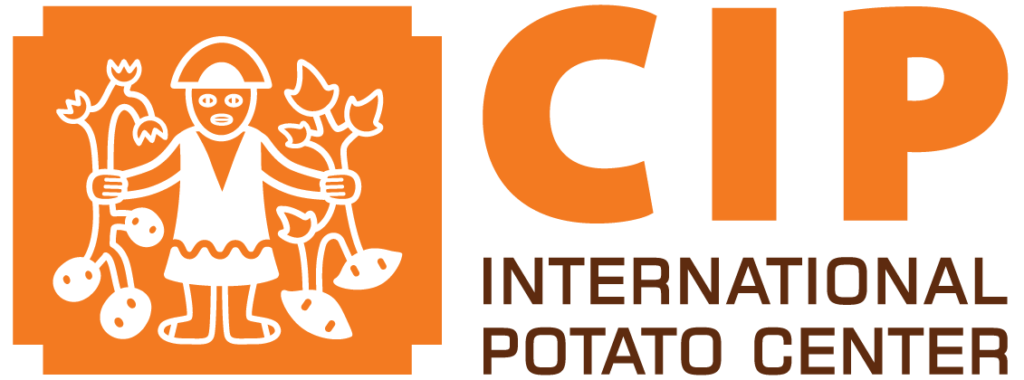Foreword


With the global population expected to reach 10 billion by 2050 and climate change already challenging our ability to produce enough food, the need for the sustainable transformation of agri-food systems has never been greater.
COVID-19 has exposed the fragility of global supply chains and underlined the urgency of injecting innovation into how we produce, transport, and consume food. It has tested the resilience of populations and systems worldwide. Projections indicate that up to 161 million more people faced hunger in 2020, putting the number of malnourished at up to 811 million. The cost of nutritious foods coupled with persistently high levels of income inequality put healthy diets out of reach for around 3 billion people.
The pandemic underscores the urgency of transforming food systems to achieve food security, improve nutrition and put healthy diets within reach of all. The United Nations Food Systems Summit this year offers an opportunity to build a powerful global effort to embed greater resilience in our agri-food systems and produce more nutritious food with less resources. Success would put the world on a more sustainable pathway.
The transformation of root and tuber agri-food systems—the foundation of food security for over 300 million across Asia, Africa and Latin America—should be an essential component of this process. Increasingly important in developing responses to climate change, population growth and urbanization, these crops contribute essential micronutrients for mothers and young children, particularly across Africa’s humid tropics where they supply 25-57% of daily caloric intake.
The International Potato Center (CIP) is tapping the potential of potato and sweetpotato to boost food and nutrition security, catalyze inclusive income opportunities, and reduce excessive agrochemical use and conversion of natural areas to farmland. This report, structured under the headings Build, Innovate and Transform, offers examples of our key achievements. It illustrates the essential role of partnerships with governments, businesses, NGOs, international organizations and research institutions in enabling cutting edge research and wide-scale adoption of innovations.
With rising demand for potato in Asia, CIP teamed up with Dutch company HZPC to develop highly marketable, tropically-adapted potatoes, leveraging their experience delivering quality seed. In Peru, new research demonstrated the effectiveness of iron-biofortified potatoes in reducing anemia. With trials advancing in Ethiopia, India and Rwanda, this technology is poised to substantially boost our nutrition toolkit.
Bridging the gap between innovative science and farmer adoption, CIP-led development of gender-responsive tools is guiding breeding programs globally to put the needs of women and men farmers and consumers center stage. Combining scientific breakthroughs with conservation agriculture to sustainably intensify rice-potato production is generating more food and higher incomes for farming communities in several Indian states.
Since 2010, targeted interventions have reached some 9 million households, improving diet diversity, food security and livelihoods. New partnerships with humanitarian agencies, like the World Food Programme, have boosted resilience in fragile environments, reaching 300,000 people in 2020. And renewed collaborations in Malawi are building the capacities of hundreds of thousands of farmers to produce more nutritious food.
These achievements have been made possible by the commitment of staff and partners and generosity of our funders. Notwithstanding the havoc wrought by COVID-19, staff have played significant roles in delivering for resource-poor communities and in building the One CGIAR. As we celebrate CIP’s 50th anniversary, we dedicate the next few pages to its role in CGIAR and to 11 key innovations developed since its inception. In this bold new organization, we look forward to delivering more holistic and sustainable solutions to the complex challenges of an increasingly interdependent world.


